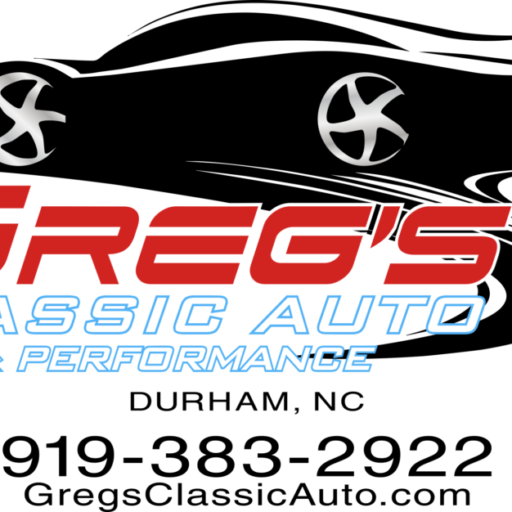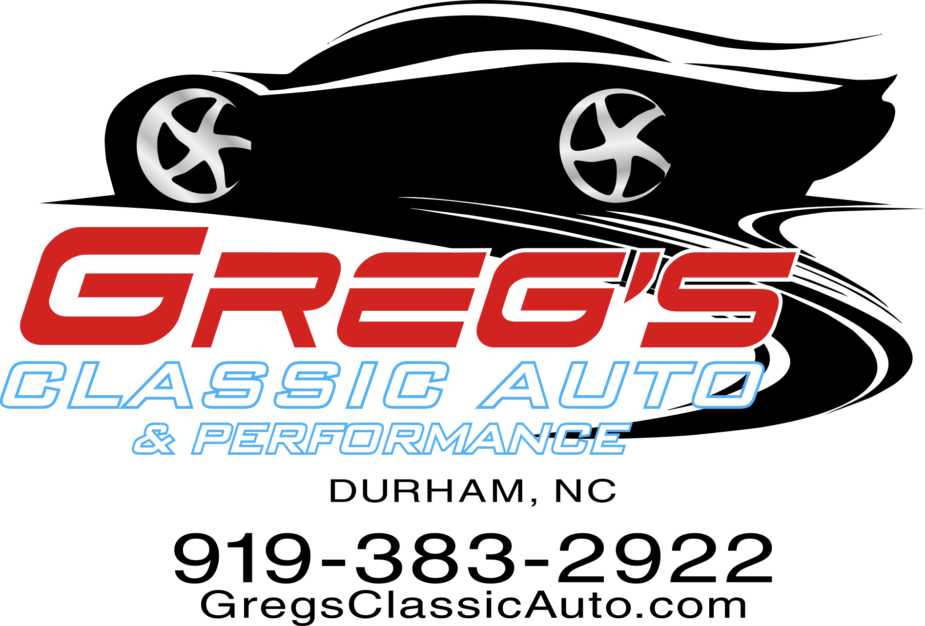The Art of Custom Engine Builds: Unleashing Potential
Understanding the Basics
At its core, a custom engine build involves reengineering an engine to meet specific performance goals. This could range from increasing horsepower and torque for competitive racing, to enhancing fuel efficiency for a daily driver, or even resurrecting a classic car with modern power and reliability. The process involves a meticulous selection of components, tuning, and assembly to achieve desired outcomes.
The Planning Phase: Blueprinting Success
Every custom engine build begins with a vision. The planning phase, often referred to as blueprinting, is crucial. This is where goals are set, and the feasibility is assessed. Considerations include the intended use of the vehicle, budget constraints, and the performance targets. It’s a phase that demands research, consultation with experts, and a deep dive into the specifications of potential components. Blueprinting lays the groundwork for success, detailing everything from bore sizes to camshaft selection.
Component Selection: The Heart of Customization
Choosing the right components is where the custom aspect truly comes into play. High-performance pistons, rods, crankshafts, camshafts, and valves are selected based on the engine’s intended use. For racing engines, durability and power are paramount, leading to the selection of forged components capable of withstanding extreme conditions. For a restoration, reliability might be the focus, with choices leaning towards parts that offer the best of modern performance while maintaining the engine’s character.
Assembly and Tuning: Precision Meets Performance
Assembling a custom engine is a task for skilled technicians, combining technical expertise with a passion for performance. Every component must be perfectly aligned, balanced, and assembled to ensure the engine operates smoothly. This phase often involves custom machining and modifications to ensure compatibility and performance.
Tuning is the final, critical step. It’s where the engine is fine-tuned to optimize performance, adjust fuel/air mixtures, and ensure the engine’s longevity. This may involve dyno testing, where the engine is run in a controlled environment to measure output and make adjustments.


